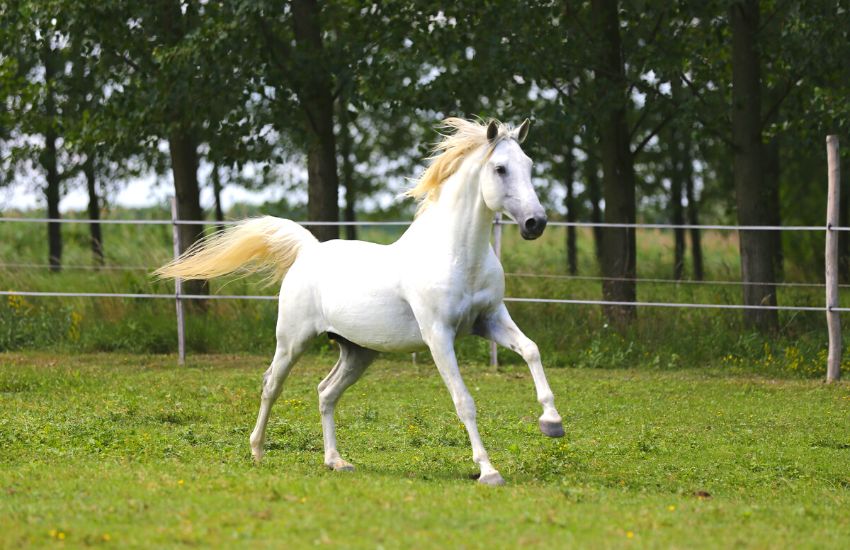For anyone involved in the world of equestrian care, understanding how to pick a horse hoof is crucial. The practice not only contributes to the horses health but is also a fundamental aspect of daily horse care. Ensuring your horse has clean hooves is essential for its overall well-being and can help prevent several health issues.
Picking a hoof may seem daunting for beginners. However, with regular practice and the right techniques, it becomes a manageable and habitual part of horse grooming that significantly benefits the animal.

Why is Hoof Picking Important?
Cleaning your horses hooves is more than just a routine activity. It is a pivotal part of preventing hoof-related problems, such as thrush, punctures, and abscesses. Preventing injuries related to unsanitary conditions is a top priority for dedicated horse owners.
The Tools You’ll Need
Before learning how to pick a horse hoof, ensure you’re equipped with a few essential tools:
- Hoof Pick: The basic tool with a pointed end used to remove debris.
- Hoof Brush: For brushing off remaining dirt from the hoof walls.
Step-by-step Guide to Picking a Horse Hoof
Heres a simple guide to help you efficiently clean horse hooves:
- Position the Horse Correctly: Stand beside the horse, facing the horse’s belly.
- Signal the Horse: Gently run your hand down the horses leg to signal your intent.
- Lift the Hoof: Once you feel the horse relax, gently squeeze the leg right above the ankle to encourage them to lift their hoof.
- Clean the Hoof: Use a hoof pick to remove debris, starting at the heel and moving toward the toe.
- Brush Away Remaining Dirt: Use a hoof brush to clean loose dirt from the hoof walls.
Common Mistakes to Avoid
Despite the simplicity of the task, beginners might make mistakes when picking a hoof:
- Not being patient enough with the horse.
- Using a dull or improper hoof pick.
- Poor positioning, which could lead to injury.
Understanding Horse Behavior
Horses have unique behaviors and tendencies. Learning how they react can enhance the hoof-picking process. Read more about strengthening this relationship through groundwork exercises.
Signs Your Horse Needs Hoof Care
Symptoms that suggest poor hoof health include:
- Visible bruises or injuries.
- Strong odor indicating thrush.
- Pain or discomfort when walking.
Encouraging Your Horse’s Cooperation
Building trust with your horse is crucial for efficient hoof care. Always approach them calmly and respect their comfort level.
What to Do If Problems Arise
If you encounter resistance or notice signs of discomfort during hoof picking, consult a professional such as a farrier or veterinarian. This can also be a good time to brush up on common horse first aid knowledge.
Quality Tools and Regular Maintenance
Investing in high-quality tools and establishing a regular grooming schedule can enhance your results. Check how you can manage your tools efficiently by visiting riding gear storage.
Learning from Professionals
Observing and learning from experienced horse caretakers can be extremely beneficial. Many equestrian centers offer workshops and demonstrations.

Frequently Asked Questions
How often should you pick a horses hooves?
Hooves should be picked daily, ideally before and after rides, or at least a few times per week.
What are the signs of a healthy hoof?
A healthy hoof is firm and has a smooth, even surface without cracks or abnormal separations.
Can I use other tools for picking hooves?
While a basic hoof pick is recommended, some specialized brushes and scrapers can complement the process but are not substitutes.
Picking a horse hoof does not have to be daunting. With this guide, even beginners can take on the task with confidence and grace, ensuring their horses remain healthy and vibrant. For further details on equestrian care, consider exploring additional resources and consulting with equine specialists.







